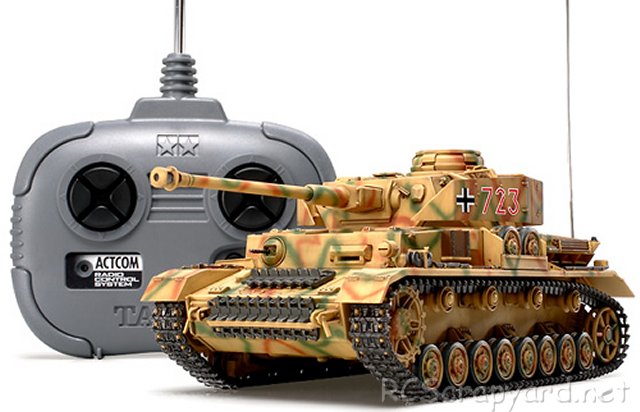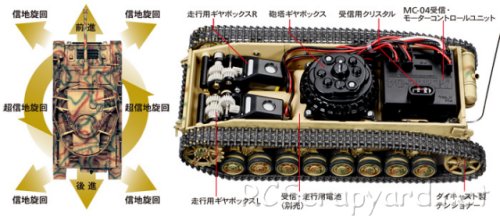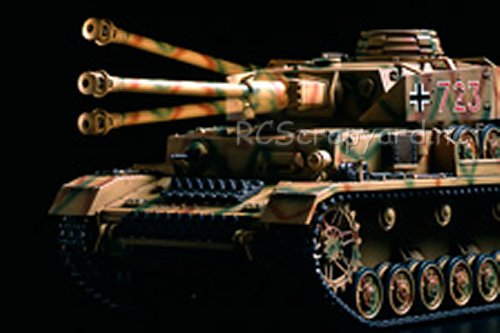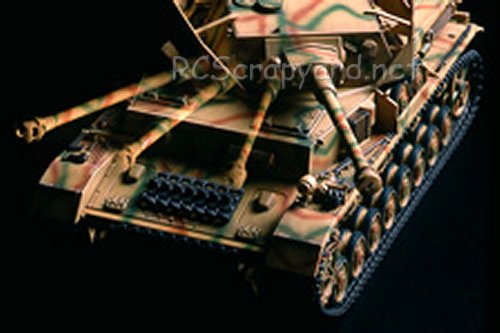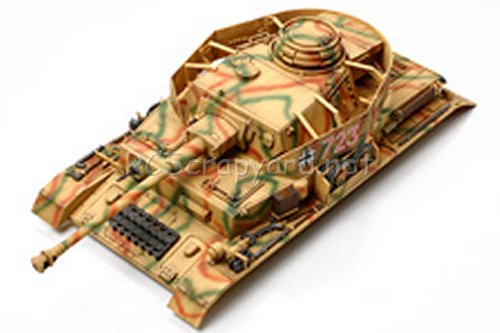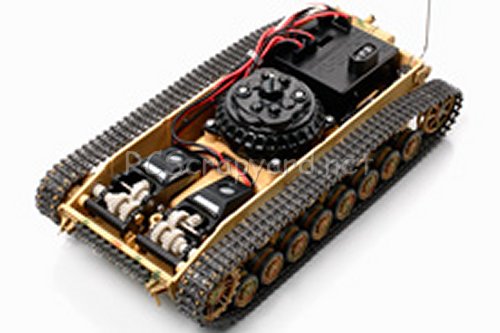|
Hints, Tips and Information
Rechargeable Batteries
for RC Models
At the time this article was written, there are four types of Rechargeable Batteries that are commonly in use for Radio Controlled Models.
Ni-Cad (Nickel Cadmium) Batteries have been around the longest. My first stick battery, purchased way back in 1987 was rated at 1200Mah (Mili Amp Hours) and with a silver can 27 Turn motor my Tamiya Boomerang would run around in the back yard for a good seven minutes before slowly coming to a stop. Ni-Cad development continued until around 1998 to a maximum rating of around 2000Mah and matchers pack builders and battery technicians were able to put together six cell packs with voltages approaching 7.4 Volts, to give those that could afford them, an edge over the rest.
Ni-Mh (Nickel Metal Hydride) Batteries came along in the late 1990s, and by the year 2000 were available at ratings up to 3000Mah. Again, matchers and pack builders worked hard to provide the ardent racer with packs to provide that little bit of extra power, and ESC manufacturers also chipped in with improved controllers to take full advantage of this new technology.
Now the problem wasn't gearing the car to get to the end of the race using the available battery power, but to find the brushed motor that could handle gear setting that provided the speed and acceleration without the motor overheating and wearing the commutator too much so it needed a skim after every 2 runs. My favourite at that time was the 9 Double.
More recently, Li-Po (Lithium-Polymer) Batteries have appeared on the scene, providing are a huge step forward in performance when compared with Ni-Cad and Ni-Mh batteries.
Read the Complete Article ▶ ▶
|




